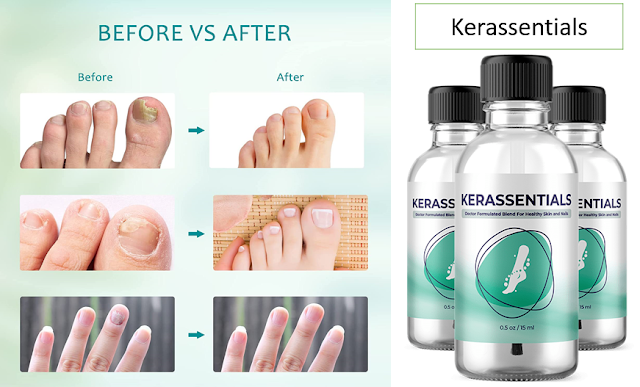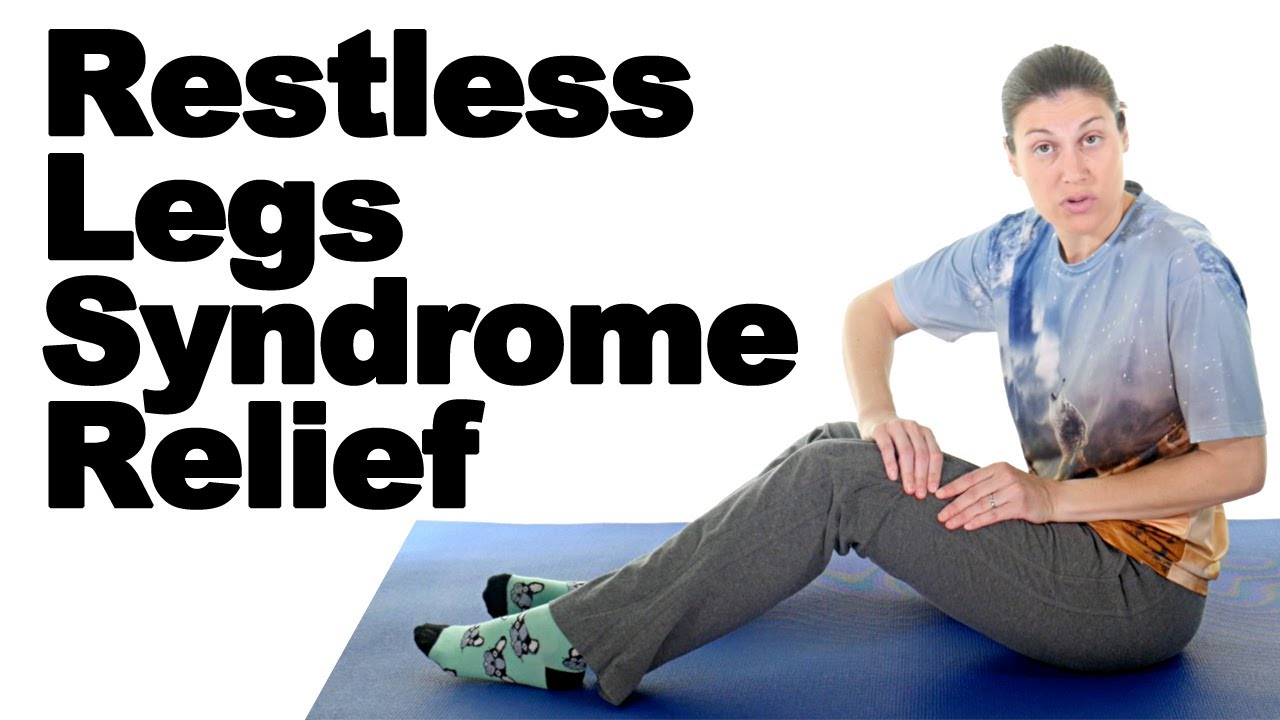What Are the Differences Between Osteoarthritis and Rheumatoid Arthritus? There are several key differences between the two diseases. Let’s compare some of their symptoms and learn how they’re treated. This will help you decide whether your symptoms are rheumatoid arthritis or osteoarthritis, or both.
Treatment options
In addition to DMARDs, treatment options for rheumatoidic arthritis include biologic drugs, such as adalimumab or etanercept. These drugs work by inhibiting an overactive immune system to reduce inflammation and pain. However, biologic drugs do not change the course of the disease or prevent the destruction of joints.
The primary goal of treatment for rheumatoid arthritic disease is to reduce symptoms and limit joint damage. The primary goal of treatment is to relieve pain and inflammation and improve joint function and quality of life. Treatment for rheumatoid arthritis typically includes a combination of lifestyle changes, medicine and surgery. Drugs such as biologic agents are often used in conjunction with lifestyle modifications to reduce symptoms.
Over-the-counter medications such as steroid drugs and pain medications are popular ways to control inflammation. However, they can be dangerous if used for prolonged periods of time. Many physicians recommend using biologic drugs as an alternative to DMARDs. Biologic agents, including abatacept, adalimumab, and certolizumab, can be highly effective in the treatment of rheumatic disease.
Anti-rheumatic medications are effective in treating symptoms of rheumatoid arthritis or osteoarthritis, including hyaluronic acid therapy. These injections are usually injected into the affected joint and help to alleviate pain and improve mobility. Some patients may need surgery to repair a joint or replace it all together, which is called an arthroplasty. Most commonly, joint replacement is performed on the knee, hip, and shoulder.
Nonsteroidal anti-inflammatory drugs (NSAIDs) are another common treatment option. These drugs are often over-the-counter but are not recommended for severe cases. More powerful versions can be obtained by prescription. These drugs may lead to adverse effects, such as stomach irritation, heart problems, and kidney damage. Corticosteroids are also prescribed to treat pain and inflammation.
In addition to medication, patients may need physical therapy. A physiotherapist will help manage the symptoms of rheumatoid arthritis and osteoarthritis and improve their physical fitness. A tailored exercise programme may include face-to-face sessions with a therapist and exercises that can be done at home. In addition, a TENS machine can be purchased that applies a small pulse of electricity to the affected joint.
Diagnosis
When a joint is affected by osteoarthritis, pain is experienced in that particular joint. Osteoarthritis pain often radiates to other joints. The cartilage surrounding a joint wears away, and bone spurs and bony growths form in the joint. Neither type of pain will go away without medical or physical therapy.
The treatment for both types of arthritis focuses on managing pain, reducing joint damage, and improving joint function. Doctors approach these two conditions differently, but both use anti-inflammatory drugs and corticosteroids to manage symptoms and prevent further damage. Although there is no cure for either form of arthritis, the sooner it is diagnosed, the sooner treatment can begin.
While early recognition of rheumatoid arthritis is crucial in managing the disease and avoiding further joint damage, early detection of RA can be difficult. Early disease manifestations are similar to those of other types of inflammatory polyarthritis. Once the disease is poorly controlled, however, distinct signs of RA develop. In addition to swollen joints, the disease may affect organs and nerve tissues as well.
Treatment for osteoarthritis can involve taking over-the-counter medications or stronger prescription medications. Other treatments include having shots in the affected joints. Heat and ice may be used to relax affected muscles. Some doctors prescribe surgery to correct joint damage. While treatment options vary by individual, most patients with rheumatoid arthritis will require medication.
RA is usually diagnosed through biomarker tests. Blood tests such as CRP and sed rate may be helpful in early detection. A doctor will recommend a treatment plan based on these results. If the symptoms of rheumatoid arthritis are persisting over six weeks, an MRI may be recommended. The difference in biomarkers between the two diseases can be subtle.
Rheumatoid arthritis is an autoimmune disease, which means that the immune system attacks the joints. Because the symptoms of osteoarthritis are largely similar, proper diagnosis and treatment can be challenging. However, there are a few key differences between osteoarthritis and rheumatoid arthritis. So, it’s important to know the difference between the two before you seek medical attention.
Treatment options for rheumatoid arthritis
NSAIDs, or nonsteroidal anti-inflammatory drugs, are the first line of treatment for rheumatoid joint inflammation. These drugs reduce pain and swelling in affected joints and can be applied to the affected area. Disease-modifying antirheumatic drugs (DMARDs) slow the disease’s progression. These drugs suppress the immune system, and thus slow the damage to surrounding bone.
An anti-CCP antibody test is a common test for rheumatoid joint inflammation, but it is not a sure-fire way of diagnosing the disease. Doctors may also recommend scans to detect rheumatic disease. An MRI, or magnetic resonance imaging, can produce a picture of the affected joint. Treatment options for rheumatoid arthritis and osteoarthritis differ.
Another treatment option for osteoarthritis and rheumatoid arthritis is joint replacement surgery. A surgeon replaces a damaged joint with an artificial one. This procedure requires a long hospital stay and months of physical therapy. However, surgery may not be the right option for every RA patient. Nevertheless, it’s worth looking into. If your disease has progressed to the point where your daily activities become impractical, a prosthetic joint is a good option.
There is no cure for rheumatoid arthritis, but early treatment can help to reduce the symptoms and limit joint damage. Treatment options for rheumatoid arthritis include DMARDs (disease-modifying anti-rheumatic drugs), exercise, and lifestyle changes. It’s important to remember that a doctor’s diagnosis is based on a combination of factors, and the exact treatment is dependent on the specific type of arthritis you have.
Physical therapy can also help to treat inflammatory arthritis and help your body recover. Physical therapy can help reduce pain and restore range of motion to affected joints. Combined with rheumatology, this treatment is effective in reducing joint swelling, improving circulation, and helping patients regain a normal lifestyle. In addition, physical therapists can use electrical stimulation to improve blood flow.
As with any chronic condition, balancing activity with rest is vital. It helps reduce inflammation and fatigue and can help people feel better. Resting and taking short naps are also important ways to reduce fatigue and to preserve energy. You can also seek the advice of a rheumatologist, or talk to a family doctor. You may also consider cold and heat treatments. Both methods relax tense muscles and soothe joint pain, though this may be unsafe for people with poor circulation.
Treatment options for osteoarthritis
Treatment options for osteoarthritis and RA vary widely, depending on the severity and type of arthritis. While no single treatment can completely eliminate symptoms or prevent progression, medications and lifestyle changes can minimize pain, improve function and help prevent joint damage. Treatment plans often incorporate both short and long-term methods, such as nonsteroidal anti-inflammatory drugs. Read on to learn more.
Anti-inflammatory drugs may be prescribed to relieve pain and reduce inflammation. Some doctors may prescribe higher doses of these drugs than normal, which does not address the underlying cause of the RA. Physical therapy is another option. Physical therapy can also help reduce swelling and inflammation. For the best results, physicians will combine these two treatments with an exercise program and lifestyle changes. Listed below are the treatment options for osteoarthritis and rheumatoid arthritis:
Physical therapy and physiotherapy can reduce joint pain. Surgical treatment is an option if the disease is severe. A combination of medications, anti-inflammatory drugs, physical therapy, and surgery may be recommended for severe cases. Your healthcare provider will explain the treatment options for osteoarthritis and rheumatoid arthritis and the potential outcomes for your age, your medical condition, and your lifestyle.
Medication for inflammatory arthritis may include over-the-counter pain medications or steroid medication. Although these medications can control inflammation and reduce joint damage, they do not slow the progression of RA or prevent further damage. Over-the-counter medications are often recommended for rheumatoid arthritis patients while methotrexate takes effect. These drugs are not intended for long-term use and can have adverse effects on your body.
Osteoarthritis and rheumatopoid arthritis are chronic inflammatory diseases. The inflammation within your joints leads to joint pain, stiffness, and loss of function. This condition affects both the joints and the synovium lining. Synovium is the lining that allows cartilage to glide smoothly between them. In severe cases, rheumatoid arthritis may destroy the cartilage at the end of bones or the bone itself.






